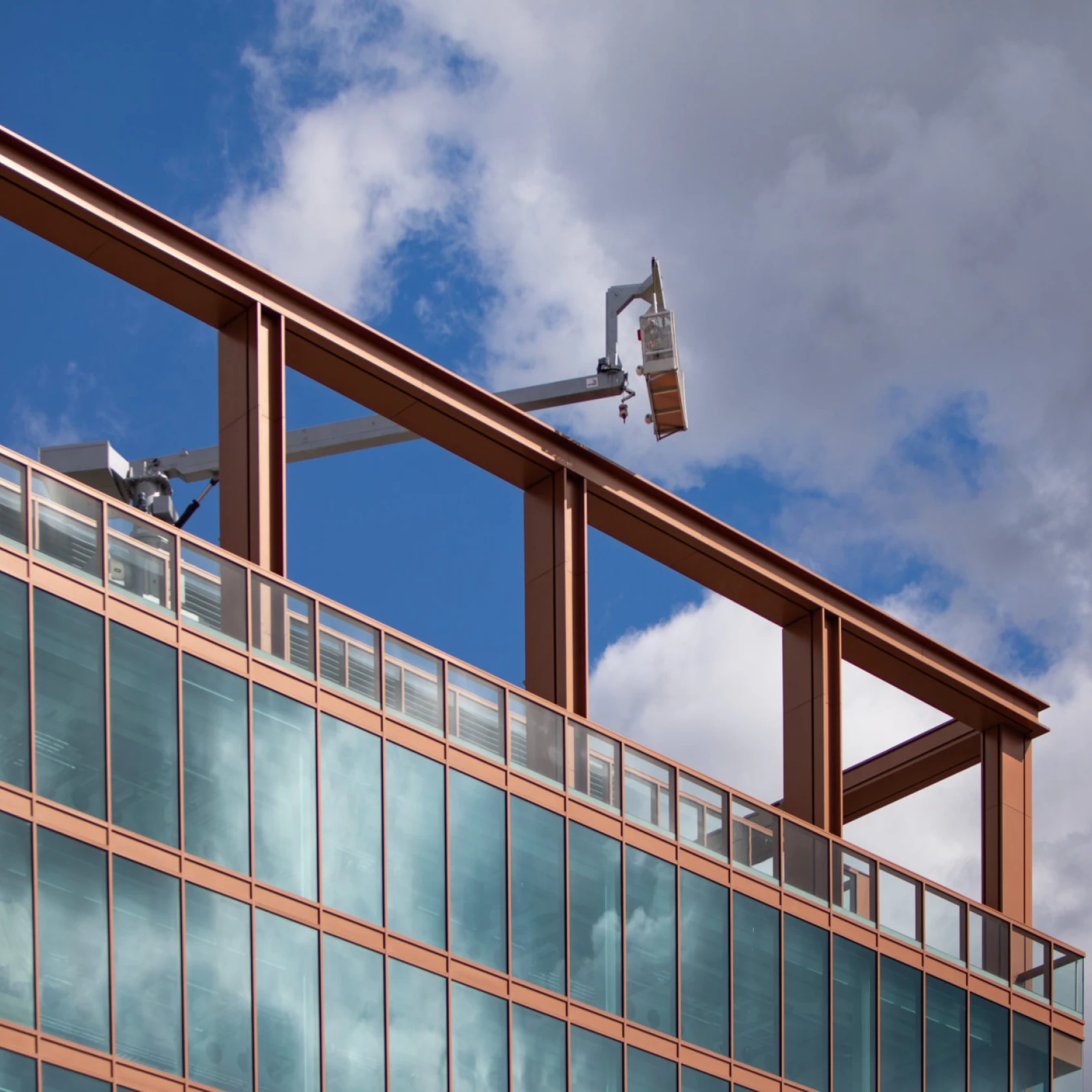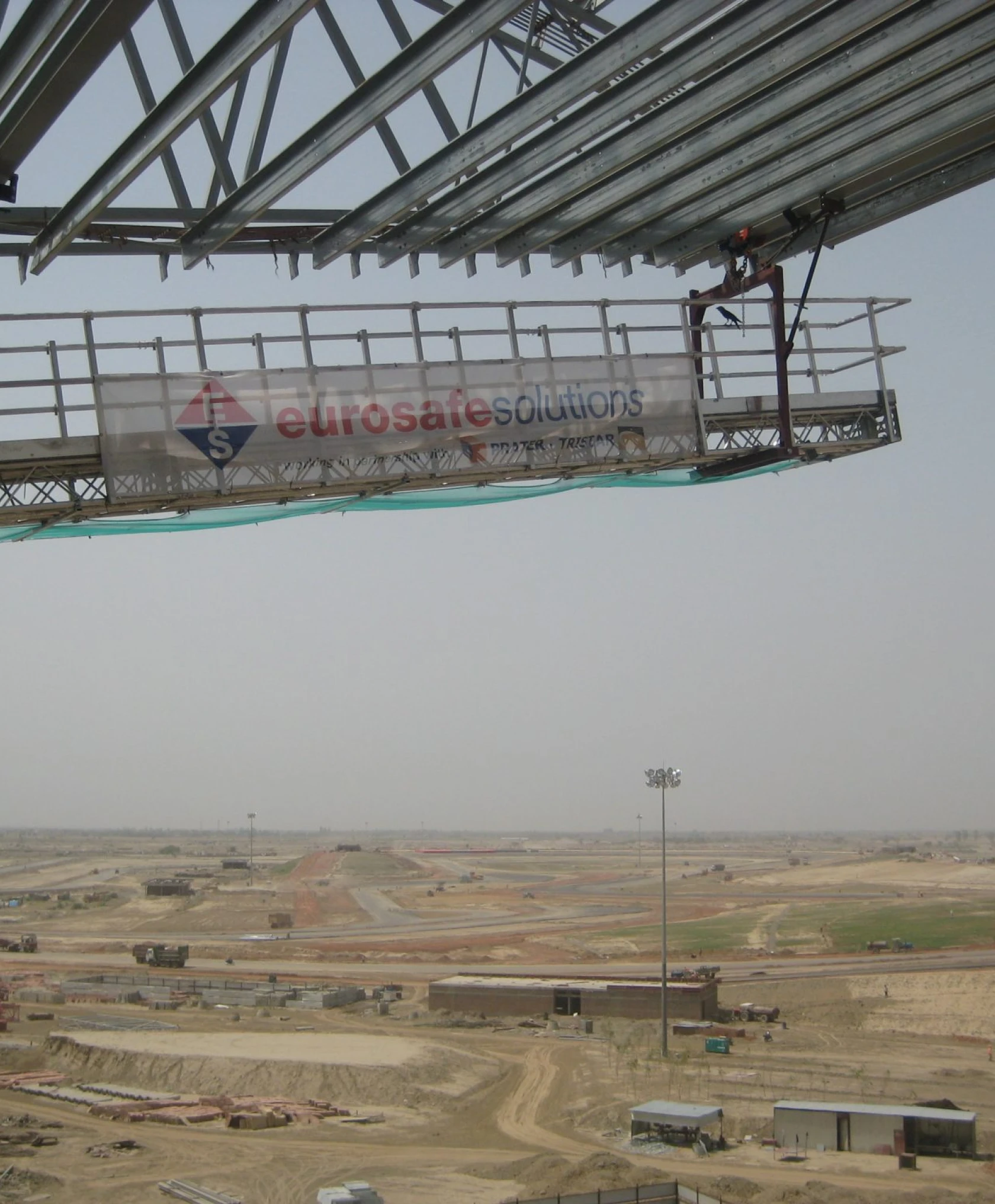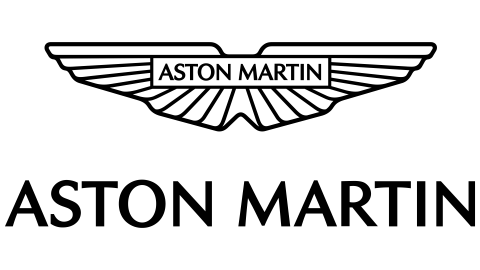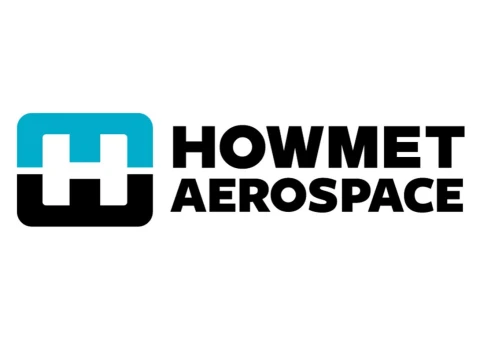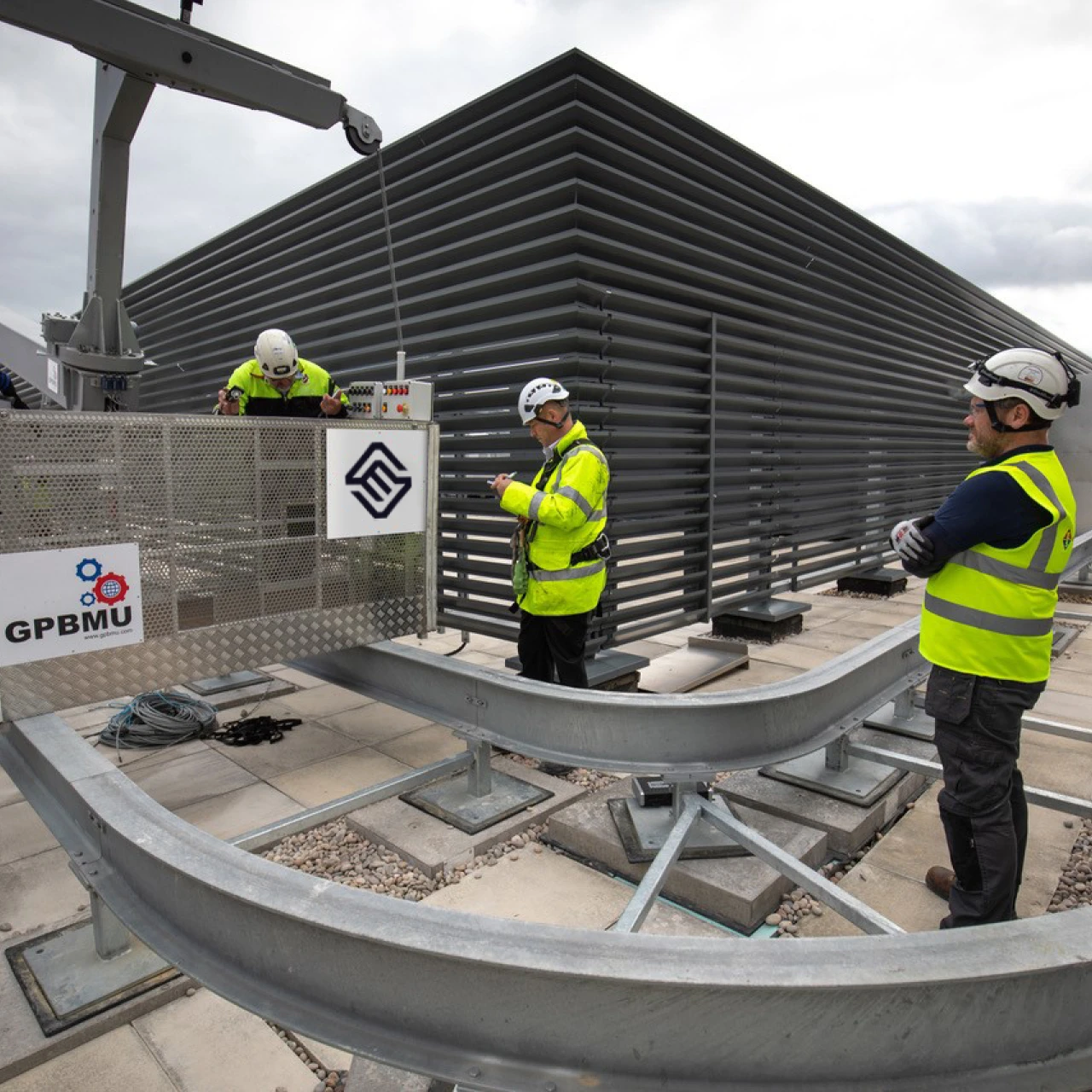

- Knowledge Base
- Blog
- How BMU cradles help overcome façade access challenges
How BMU cradles help overcome façade access challenges
Maintaining and repairing high-rise structures is an essential task that poses substantial risks due to the dangers associated with working at height.
Façades are typically an aesthetically pleasing feature of a building, but they can pose significant access challenges.
The advancement of 3D modelling and the technological capabilities of lightweight glass enables architects to achieve their futuristic visions for the design of current glass structures.
Many buildings now have full-height glazed light wells in the centre to allow natural light to permeate the interior, requiring access to areas where mechanical elevated platforms are not an option.
The changes in the geometry of these structures have resulted in increasingly complex façade access requirements, which must include a variety of systems to provide full access to all the building’s façades, no matter the shape or size.
Abseil rails, abseil anchors, monorail systems and BMU cradle systems are a few examples of the equipment required for accessing façades.
Why choose BMU cradles?
A Building Maintenance Unit (BMU) is considered the ideal option for overcoming access challenges while safely carrying out maintenance tasks.
A BMU, also known as a window cleaning cradle, gondola, or gantry, is a type of permanent mechanical access equipment.
These cradles are typically situated on a building’s roof level, and can be operated manually, automatically, or via remote control.
They can either be installed in a static location or on fixed or freestanding tracks, allowing the unit to traverse the entire roof.
Tasks such as cladding, painting, window cleaning, general building fabric repairs, surveys and inspections can all be carried out safely using a BMU cradle.
These specialist units are seen as the safest and most cost-effective method for gaining access to large, high-rise buildings.
The installation of a BMU cradle also removes the requirement for access equipment storage, reducing set-up time substantially.
Because BMU cradles are bespoke for every building, early involvement with the architect or building owner is required.
An adequate installation requires an initial cost-effective design that not only meets statutory requirements but also considers all of the building’s access needs over its lifetime.
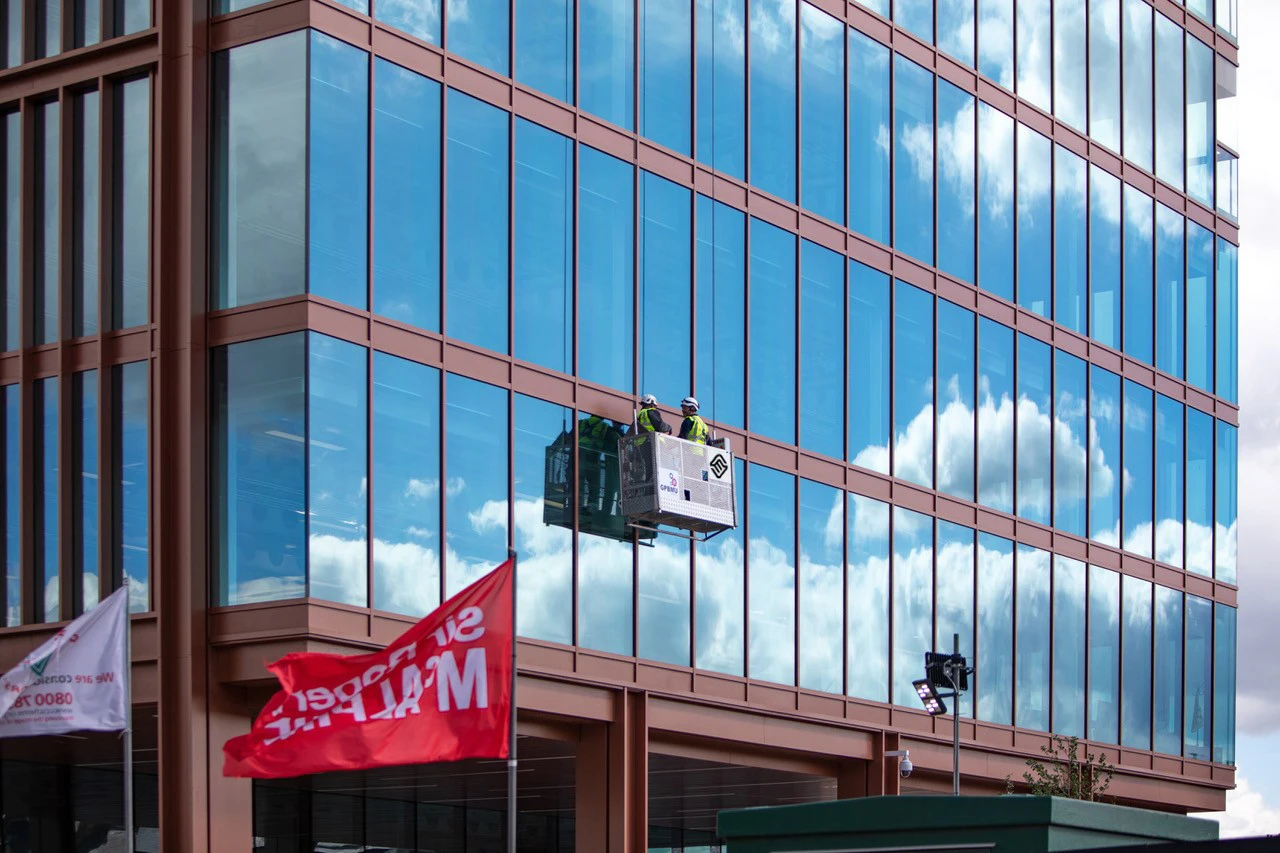
Eurosafe provides comprehensive BMU cradle installation solutions to ensure that any project receives the appropriate piece of equipment.
We partner with market-leading BMU manufacturer GPBMU in Madrid, Spain, to guide you through the entire process.This can include access strategies, concept designs, engineering loads for the unit and your building, site project management and installation, commissioning, user training, and long-term warranty maintenance.
Related Case Studies
View all Case Studies

